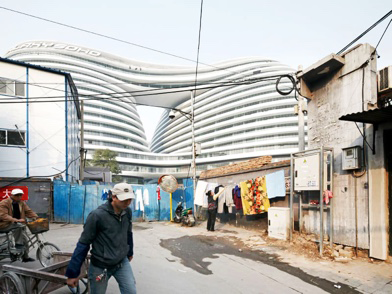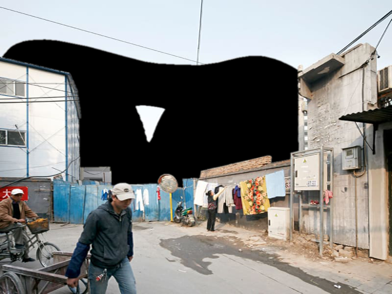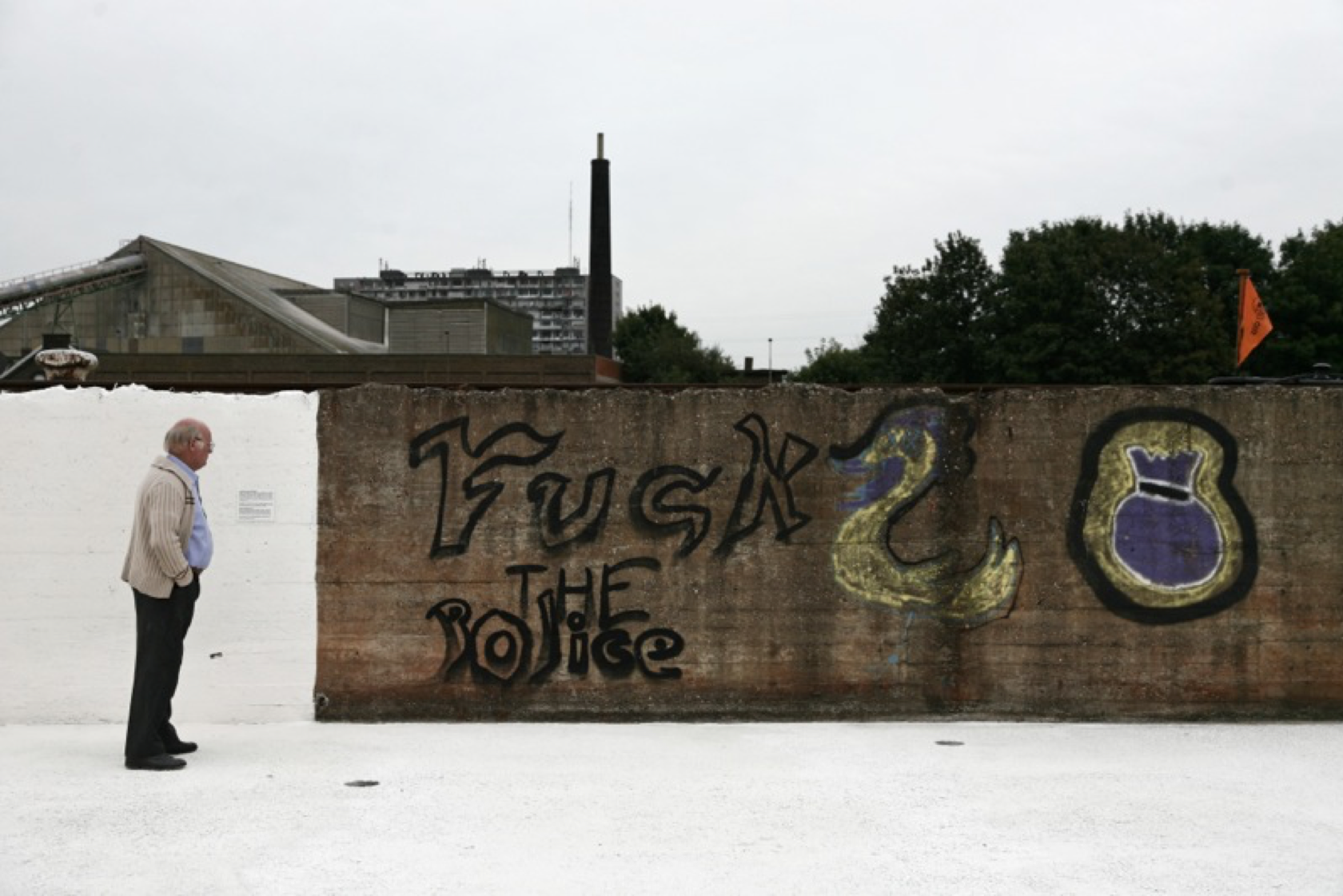

Initiated by the Tabula Scripta research group of the Academy of Architecture, this website shows a growing collection of projects, references, concepts, news items and other material from around the world that try to express the condition of the ‘tabula scripta’, or the ‘written slate’. Most of our land is developed, designated, or in use. Resources have become scarce. As a result, the architect is forced to relate more to the existing conditions and to design on the basis of these conditions. The ideal of the ‘tabula rasa’, or creating from scratch, is no longer a viable option. We now have to embrace the context.
In the coming two years this website will continuously grow and change, with new layers and with input from students and others. The website, and other activities related to Tabula Scripta, are curated by Jarrik Ouburg and Michiel van Iersel, who have joined the research group research group of Chief Government Architect Floris Alkemade as Fellows.
Read more
But how can the existing context be reinterpreted, understood, appreciated and further developed? How can the concern for heritage and new developments go hand in hand? And how can architecture use the existing layers of a place to anticipate on new developments, from the ageing population and social segregation to climate change? The Tabula Scripta research group seeks answers to these and other questions by means of an analysis of the ‘drivers of change’ of widely varying places and design practices in the Netherlands and abroad, from historic city centres to post-war suburbs and rural areas. The research consciously focuses not only on preservation through transformation of what is considered to be valuable. Dealing with unprotected and more recent generic heritage also falls under the study.
In addition to creating, the architect, urbanist and landscape architect will also need to be able to reflect and react. He or she will have to relate to the past and the present in order to be able to take a new and daring step into the future. Knowing that they change a condition that has already been changed many times and which will still change many times after our transformation. A form of permanent temporariness, or temporary permanence.
For the profession this confrontation with a multidimensional complexity means on the one hand that the individual specialization of architecture, urbanism and landscape architecture have to be broadened in terms of scale and content, making a more interdisciplinary and non-disciplinary cooperation necessary. On the other hand, the specialization themselves will also need to be deepened in terms of methodologies, techniques and craftsmanship in order to grasp this layered reality. The aim of the research project is to investigate both the broadening and deepening of the profession.
In the coming years the Tabula Scripta research group will further investigate a wide variety of case studies and practices that embody the layered condition of the tabula scripta, including the establishment of an international knowledge network and a publication that will be presented at the end of 2018. Various educational activities will also take place within the framework of the research group, including guest lectures, workshops and excursions.
Read less





Floris Alkemade (1961) is a Dutch architect, urban designer and former partner of the Office for Metropolitan Architecture (OMA). He gives lectures and teaches classes at universities in the Netherlands, Belgium and France, and has been a guest professor at Ghent University since 2004. Alkemade opened his own office in August 2006 and he is currently director of FAA and FAA/XDGA. In 2015 he was appointed as Chief Government Architect (Rijksbouwmeester) of The Netherlands. Alkemade opened his own office in August 2006 and he is currently director of FAA and FAA/XDGA. In 2015 he was appointed as Chief Government Architect (Rijksbouwmeester) of The Netherlands.
Michiel van Iersel (1978) works as a curator and urbanist at the intersection of the arts, heritage and spatial developments. He is co-founder of Non-fiction – a cultural collective that makes, among other things, exhibitions and online radio – and of the international research platform Failed Architecture. He has worked for various cultural institutions in the Netherlands and abroad. In 2016, he was curator of the 7th International Architecture Biennale Rotterdam. He is also affiliated with the Rietveld Academy/Sandberg Institute and is a member of various advisory bodies.
Jarrik Ouburg (1975) works as an architect and urban designer in the Netherlands and abroad. He studied architecture at Delft University of Technology and ETH Zürich, and worked for renowned international firms before establishing his own firm Office Jarrik Ouburg (OJO) in 2008. He has been a partner with HOH Architects since 2017. From 2012 to 2016, he was head of the Master’s programme in Architecture at the Academy of Architecture. During his period as head, ‘creating context’ was the connecting theme of the study programme. The research question for the research group also arose from this theme.


